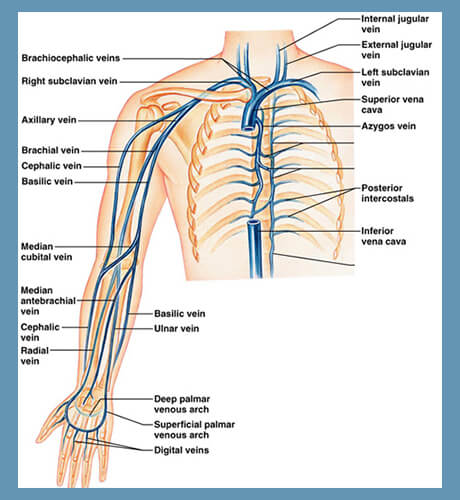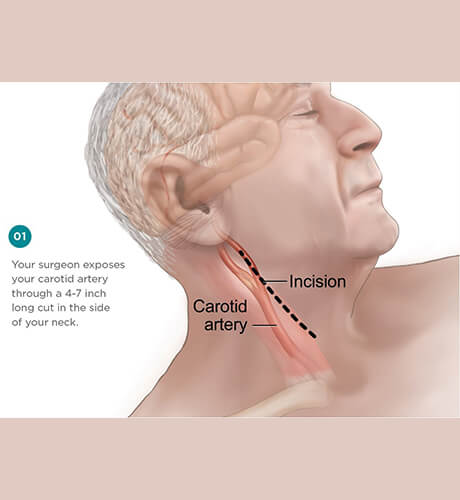Av fistula and dialysis access
- Home
- Vascular Diseases
- Av fistula and dialysis access

An AV fistula, or arteriovenous fistula, is a connection made between an artery and a vein to create a durable access point for dialysis treatment. This surgical procedure involves stitching together two vessels to form the AV fistula, which must be strong enough to withstand the rigors of frequent dialysis treatments.
Over time, the high-pressure blood flow from the artery stretches and enlarges the vein, resulting in a long-lasting access point that allows for easy connection to the dialysis machine. AV fistulas are considered the best way to receive dialysis due to their long-term reliability and low risk of infection.
They are crucial for patients with end-stage renal disease (ESRD) who require permanent vascular access for long-term hemodialysis. The procedure is typically performed in the operating room and can take several weeks to heal and become sturdy enough to withstand dialysis treatments.
AV fistulas are preferred for their long-term patency rates, minimal complications, and ability to provide the necessary blood flow for effective dialysis, potentially reducing treatment time.In summary, an AV fistula is a vital connection that provides a durable and reliable access point for dialysis treatment, offering long-term benefits and reducing the risk of complications associated with other access types.
Treatment Details: AV fistula surgery is a procedure that creates a connection between an artery and a vein to provide a durable access point for dialysis treatment. The surgery typically takes a few hours and can be done under general anesthesia or with numbing of the arm.
Once created, the AV fistula serves as the connection point for the dialysis machine, where a nurse inserts two needles to start the treatment. The procedure is crucial for providing a reliable access point for dialysis treatment several times a week without collapsing.
Benefits & Effectiveness: The ideal AV fistula delivers a high flow rate sufficient for effective dialysis, is suitable for repeated cannulation, and has long-term patency rates with minimal complications. AV fistulas are preferred for long-term dialysis as they last longer than other access types, are less prone to infection and clotting, and provide the necessary blood flow needed for effective dialysis, potentially reducing treatment time.
Who Should Consider: Patients with end-stage renal disease (ESRD) who require permanent vascular access for long-term hemodialysis should consider AV fistula creation. It is essential for those seeking a reliable and long-lasting access point for dialysis treatment.
Before Your Procedure: A thorough evaluation by a healthcare provider is necessary to determine the suitability of the procedure. Pre-procedure instructions typically include specific guidelines for maintaining the health of the access point and preparing dialysis treatment.
During the Procedure: The procedure involves stitching together two vessels to create the AV fistula, providing a strong access point for the needles from a hemodialysis machine. It is crucial for the access point to be durable enough to withstand dialysis treatment several times a week without collapsing.Recovery &
Aftercare: Aftercare instructions may include keeping the procedure area clean at all times, exercising the hand frequently, and washing the area thoroughly before each dialysis treatment. It’s important to avoid heavy lifting or pressure with the fistula arm for a specified period and to follow specific guidelines for maintaining the health of the access point









